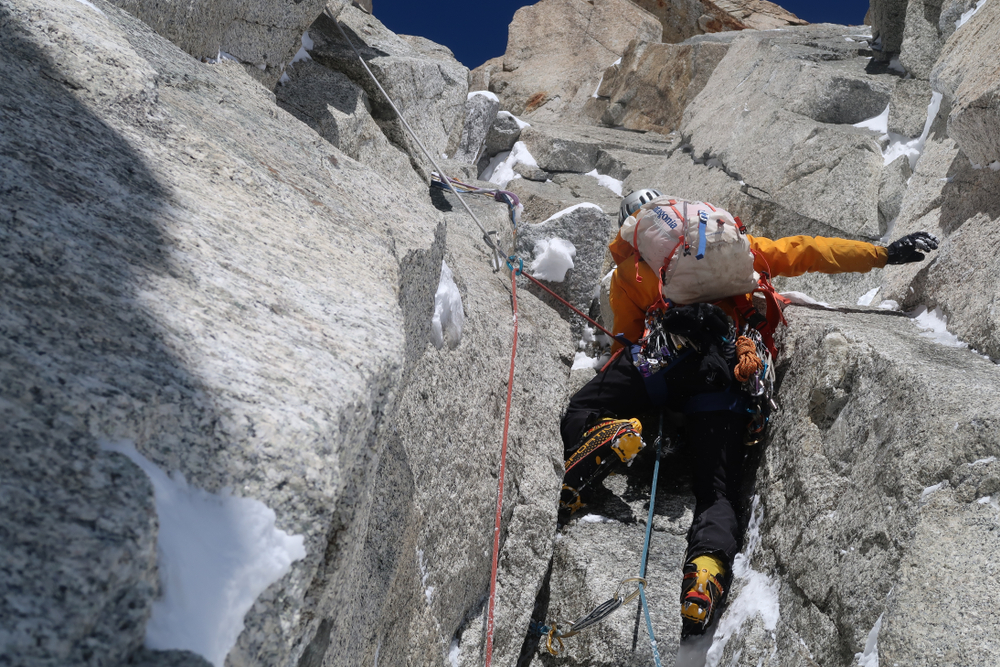Decoding the Intricacies of Mixed Climbing: A New Age Athletic Endeavor
Mixed climbing, a thrilling blend of rock and ice climbing, is quickly gaining popularity among adventurers. This article delves into the rise of this challenging sport, highlighting its unique requirements, benefits, and the techniques that set it apart.

A New Frontier in Climbing
Mixed climbing, a blend of rock and ice climbing, has emerged as a new frontier in the world of adventure sports. Unlike traditional climbing, which involves ascending either rock faces or icy slopes, mixed climbing requires athletes to navigate a combination of both. This sport has its roots in alpinism, where mountaineers often encountered mixed terrains on their ascents. However, it wasn’t until the late 20th century that mixed climbing evolved into a distinct discipline, with competitions and a dedicated following.
The Essence of Mixed Climbing
The beauty of mixed climbing lies in its unpredictability and the versatility it demands from athletes. Climbers encounter varying conditions – from icy patches to rocky outcrops – and must adapt their techniques accordingly. They need to master both the precision of rock climbing and the strength and endurance required for ice climbing. This combination of skill sets makes mixed climbing not just physically challenging but also mentally taxing, as climbers need to make quick decisions about their route and equipment.
The Athlete’s Perspective
From an athlete’s perspective, mixed climbing provides a unique set of benefits and challenges. The sport demands a high level of physical fitness, including strength, endurance, balance, and agility. It also tests mental resilience, as climbers need to stay focused and calm under pressure. Despite these demands, many athletes find mixed climbing rewarding because it pushes their limits and offers a unique blend of adventure, challenge, and beauty.
Techniques and Training
Training for mixed climbing is as diverse as the sport itself. Athletes need to hone their rock and ice climbing skills, focusing on areas like grip strength, footwork, and tool placement. They also need to practice transitioning between different types of terrain, which can be one of the most challenging aspects of the sport. To prepare mentally, many climbers engage in mindfulness practices to enhance their focus and resilience.
The Future of Mixed Climbing
With its unique blend of physical and mental challenges, mixed climbing is set to become a mainstay in the world of adventure sports. The sport continues to evolve, with new techniques and technologies emerging to help athletes navigate the complexities of mixed terrains. As more climbers embrace this adventurous discipline, we can expect to see new heights of performance and an even greater appreciation for the sport’s unique challenges and rewards.
Mixed climbing is more than just a sport—it’s a testament to human adaptability, resilience, and love for adventure. As we continue to push the boundaries of what’s possible, mixed climbing reminds us of the exhilarating potential that lies in embracing the unknown.




